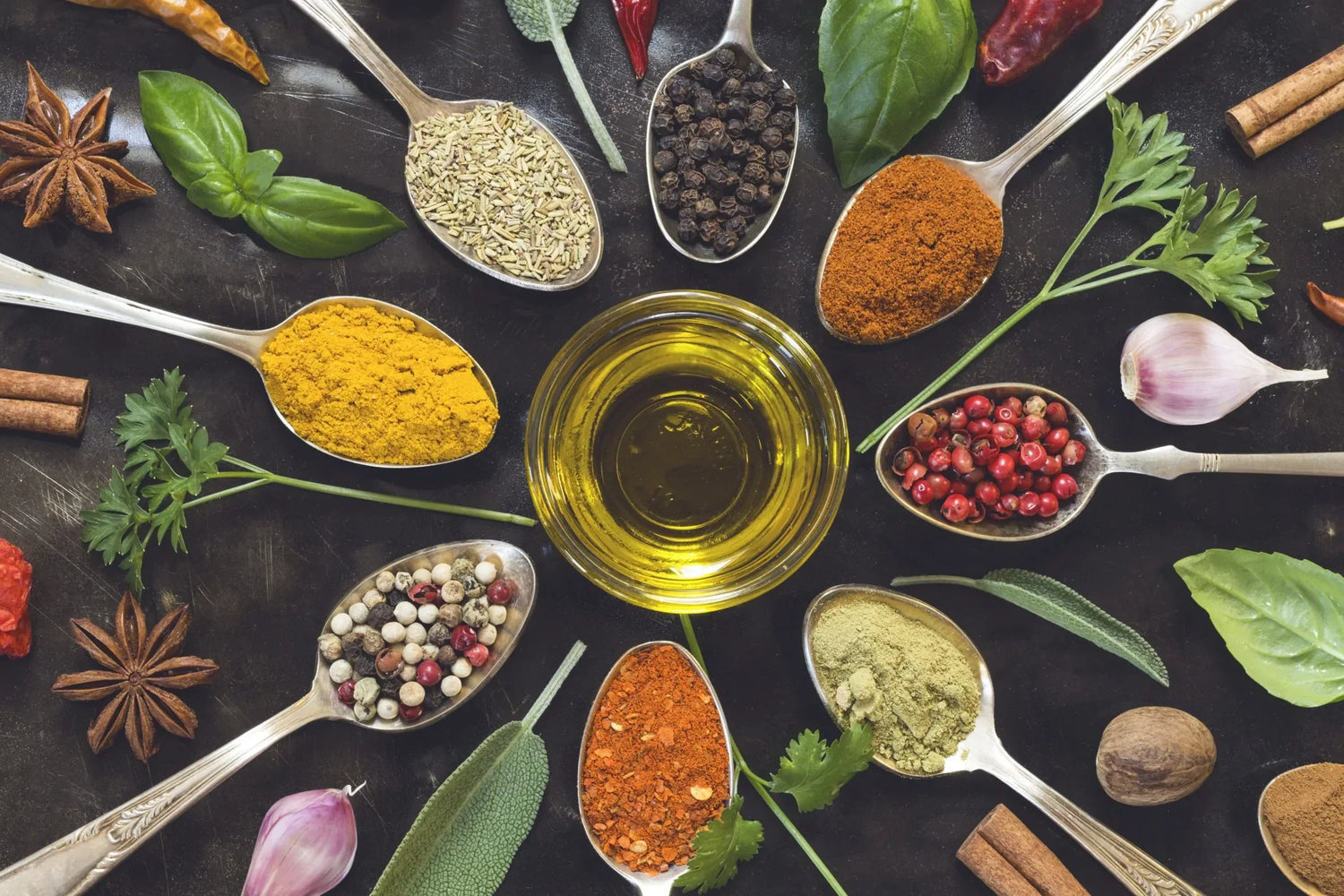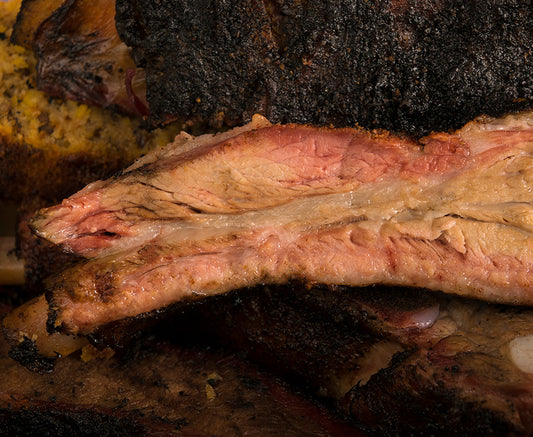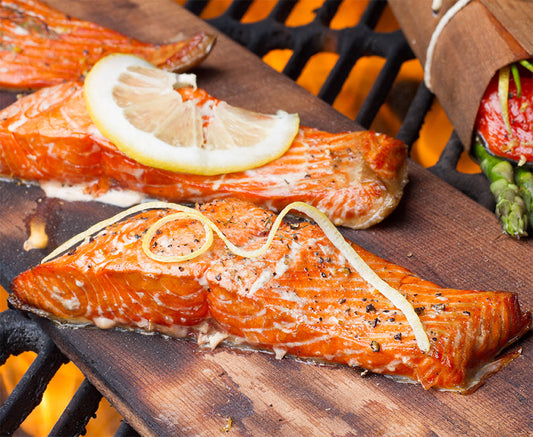Well-cooked meat is supposed to be relished, not just consumed. Perfectly seasoned meat can be the spark for a delightful dinner or barbecue session. One of the biggest factors that differentiate a chef and a newbie in the kitchen is proper cooking and seasoning.
Salt and pepper are the two most widely known seasoning ingredients, but the list stretches far and beyond to include others such as herbs, lemon, or spices that may go well with your meat.
These seasoning ingredients help keep the meat moist, juicy, and savory. Seasoning spices are responsible for the deep flavors and harmonize with the other ingredients to offer a super tasty meat meal.
You can season your meat to three different tastes: savory, acidic, or sweet. This will depend on your taste preferences, with an array of flavors to choose from.
When Should I Add My Seasoning?
Meat is always best when seasoned before cooking. Take a few minutes to sprinkle or smear the cuts of meat with seasoning before tossing them into the frying pan or smoker. This is the best way to do it as it allows for the flavors to improve while cooking. We recommend seasoning your meat a bit before cooking to allow it to settle and absorb for a tastier outcome.
You can also add some seasoning towards the end of the cooking to subtly enhance the taste. Take note that this is only to enhance the flavor and not the initial seasoning.

The Different Types of Seasoning
Choosing the type of seasoning to use should be your first step. This is an essential step as you need to ensure you have the ideal combination of seasoning you need for a perfect pairing. The key to note is that different types of meat may require different types of seasoning.
We have already highlighted salt and pepper as the two most commonly used meat seasonings. Salt is the number one preferred seasoning as it helps draw out water and enhance the meat’s natural taste. It also makes the piece of meat more delicate and richer in flavor. In some instances, salt is used as a rub for various types of meat, from beef and lamb to chicken, to help tenderize cuts.
Various seasonings can be categorized based on the taste, ranging from saline, acidic, and hot seasonings.
- Saline – salt
- Acidic – lemon, lemon juice, orange juice, and vinegar
- Hot – paprika, cayenne, peppercorn, chopped pepper, curry, and assorted pepper spices
The seasoning to use on a particular type of meat depends on the flavor and taste you need. We have formulated a quick guide to make it easy if you’re not sure about the type of seasoning to pick
- Beef: cayenne, paprika rosemary, dill, bay leaf, oregano, parsley, turmeric
- Chicken: nutmeg, pepper, thyme, bay leaf, parsley
- Fish: bay leaf, cayenne, dill, oregano, parsley, paprika, tarragon, basil, chives, fennel
- Pork: basil, oregano, parsley, rosemary, thyme, sage, cardamon
- Lamb: mint, paprika, cardamon, basil, turmeric, rosemary

If you are new to the world of seasoning, take note that less is more when it comes to spices. We recommend being cautious when adding spices to your meat. Mixing different spices to come up with a paste can also be challenging. Carefully add the spices and avoid overdoing them. You may also want to refer to your recipe or cooking manual to ensure you get the amounts right.
Remember, it’s much easier to add spices to taste than to thin excessively seasoned meat.
Final Thoughts
In summary, beef generally tastes scrumptious when seasoned with any combination of sage, rosemary, oregano, or garlic. You can also pick a single spice, and the outcome will possibly be a mouthwatering meal. Poultry or chicken goes well with lemongrass, paprika, or saffron, which will depend on your tastes and preferences. Fish is traditionally known to burst into enhanced natural flavor when smeared or sprinkled with turmeric, dry mustard powder, or thyme.
You also deserve the chance to choose the way to season your meat. You can choose to place the meat in a bag of the marinade before cooking and leave it to settle for a while. Also, try to experiment with other different methods of adding seasoning to your meat. This will give you the freedom to explore different ways to create delightful meals.
Want to learn more about seasoning? Check the articles below:
Sausage Preparation and the Pro-Tips on Seasoning
Famous Rub Types Paired with Delicious Recipes
When to Go Simple: The Best Cuts of Meat to Use Only Salt and Pepper
What is a Rub, Why and How to Do It?
For more great ideas on how to get the most out of your Bradley Smoker, check out the awesome articles on our Bradley Smoker Food Smoking Blog for more tips & tricks.





